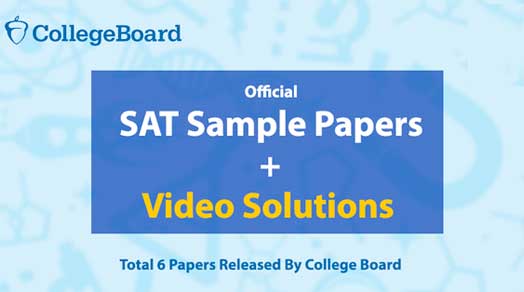159 of 46300 Questions
View AllRecent Questions
-
0 votes0 answer323 views4 Years Ago
Modified 4 Year Ago
-
0 votes1 answer778 views
-
0 votes1 answer274 views4 Years Ago
Modified 4 Year Ago
-
0 votes1 answer346 views4 Years Ago
Modified 4 Year Ago
-
0 votes1 answer348 views
-
0 votes1 answer322 views
-
0 votes1 answer361 views4 Years Ago
Modified 4 Year Ago
-
0 votes0 answer166 views4 Years Ago
Dute To A Force Of (6l + 2j) N The Displacement Of A Body Is (3l - J) M, Then The Work Done Is
JEE DiscussionsModified 4 Year Ago
-
0 votes1 answer213 views4 Years Ago
Velocity And Acceleration Vectors Of Charged Particle Moving Perpendicular To The Direction Of A Magnetic Fieal At Given Instant Of Time Are
JEE DiscussionsModified 4 Year Ago
-
0 votes1 answer180 views4 Years Ago
If The Angle Between The Vectors A And B Is 0 Then The Value Of The Product (B * A) A Is Equal To
JEE DiscussionsModified 4 Year Ago
-
0 votes1 answer176 views4 Years Ago
A Particle Is Displaced From A Position (2j - J + K) To Another Position (3l + 2j - 2k) Under The Action Of The Force Of
JEE DiscussionsModified 4 Year Ago
-
0 votes1 answer454 views4 Years Ago
Modified 4 Year Ago
-
0 votes1 answer224 views4 Years Ago
If The Scalar And Vector Products Of Two Vectors A And B Are Equal In Magnitude, Then The Angle Between The Two Vectors Is
JEE DiscussionsModified 4 Year Ago
-
0 votes1 answer294 views
-
0 votes1 answer158 views
-
0 votes1 answer2665 views4 Years Ago
A Force F = 5i + 2j - 5k Acts On A Particle Whose Position Vector Is R = L - 2j + K. What Is The Torque About The Origin?
JEE DiscussionsModified 4 Year Ago
-
0 votes1 answer641 views
-
0 votes1 answer175 views4 Years Ago
Modified 4 Year Ago
-
0 votes1 answer236 views4 Years Ago
Two Equal Vectors Have A Resultant Equal To Either Of Them, Then The Angle Between Them Will Be
JEE DiscussionsModified 4 Year Ago
-
0 votes1 answer650 views4 Years Ago
Two Equal Forces (P Each) Act At A Point Inclined To Each Other At An Angle Of 120°. The Magnitude Of Their Resultant Is
JEE DiscussionsModified 4 Year Ago
-
0 votes1 answer375 views
-
0 votes1 answer248 views4 Years Ago
Three Concurrent Coplanar Forces 1 N 2 N And 3 N Acting Along Different Directions On A Body
JEE DiscussionsModified 4 Year Ago
-
0 votes1 answer181 views4 Years Ago
If A = B + C And The Values Of A B And C Are 13 12 And 5 Respectively Then The Angle Between A And C Will Be
JEE DiscussionsModified 4 Year Ago
-
0 votes0 answer421 views4 Years Ago
Modified 4 Year Ago
-
0 votes0 answer198 views4 Years Ago
If A = B + C And Have A B And C Scalar Magnitudes Of 5 4 And 3 Units Respectively Then The Angle Between A And C Is
JEE DiscussionsModified 4 Year Ago
-
0 votes0 answer380 views4 Years Ago
The Square Of Resultant Of Two Equal Forces Is Three Times Their Product. Angle Between The Forces Is
JEE DiscussionsModified 4 Year Ago
-
0 votes0 answer265 views4 Years Ago
How Many Minimum Number Of Coplanar Vectors Having Different Magnitudes Can Be Added To Give Zero Resultant?
JEE DiscussionsModified 4 Year Ago
-
0 votes0 answer171 views4 Years Ago
The Coordinates Of A Particle Moving In XY-plane At Any Instant Of Time T Are X = 4t^2, Y = 3t^2. The Speed Of The Particle At That Instant Is
JEE DiscussionsModified 4 Year Ago
-
0 votes1 answer401 views4 Years Ago
A Is A Vector With Magnitude A. Then The Unit Vector A In The Direction Of Vector A Is
JEE DiscussionsModified 4 Year Ago
-
0 votes1 answer162 views4 Years Ago
The Angle Between The Z -axis And The Vector (l + J + Root 2 K) Is The Angle Between The Z - Axis The Vector (l L + J + Root 2 K) Is
JEE DiscussionsModified 4 Year Ago




